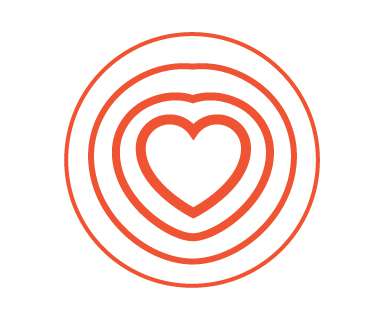Pharma’s Future Relevance Depends on Empathy, Messaging, Partnering, and Supporting Patients and Providers
Health Populi
SEPTEMBER 1, 2020
For the study, Accenture surveyed 720 health care providers in general practice, oncology, immunology, and cardiology working in China, France, Japan, the United Kingdom, and the U.S., Expanding support services, especially as more care moves into patients’ hands as self-care in the home. in May and June 2020.












Let's personalize your content